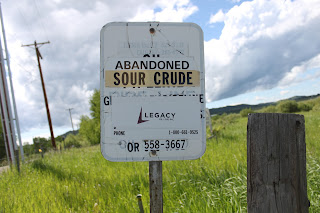Toledo water supply shut down by toxic algae
B. McPherson
Business Insider
Toledo was issued a wake-up call when toxic algae forced a
shut-down of the water supply. 400 000 people were suddenly without water. They
were told that the water was too toxic to touch. Orders went out to not use it
as contact could result in difficulties. Difficulties like acute liver failure
and death.
The culprit is a one celled algae. Algae are an important
part of our ecosystem but when Nature’s fine balance is knocked out of kilter
problems arise. Lake Erie is the most shallow of the Great Lakes. When hot
summer weather warms the shallow lake, blue-green algae grow quickly. When
runoff of fertilizer from agricultural operations and the products of millions
of toilets are dumped into the water, the algae reproduce so fast that the
water turns green with them. This is called a “bloom”. When the algae produce a
poison, the water becomes poisonous as well.
Monday, the mayor of Toledo announced that tests came back
showing the toxin levels had dropped to a safe level. That is puzzling in that
a day earlier it was too poisonous to shower with. I would have to ask if the
system has been fully flushed or that the “authorities” have deemed the water
shortage crisis such bad publicity that it is worth taking a chance on water
safety.
While the state of emergency in Toledo spawned some water
hoarders and stripping of shelves, altruism also became evident. People in the
surrounding areas with wells invited those without safe water to fill ‘er up
and one farmer loaded up hundreds of gallons in a tank and drove it into town
so people could obtain free safe water.
The problem of periodic poisonous water is unlikely to go
away soon. There are about 11 million people drawing down the waters of an
already stressed lake. Many of those 11 million are contributing their toilets’
contents to the waters. Phosphorous acts as a fertilizer on land and water.
Climate warming promises to serve up more and hotter summer days.
We know that algal blooms are more frequent and often more
toxic with each year. Yet no effective action seems to be taken. The blooms die
off when the weather cools and people seem to forget the crisis. The solution
won’t be easy or cheap, but the alternatives aren’t either.
No water No life
Sources:


Comments
Post a Comment